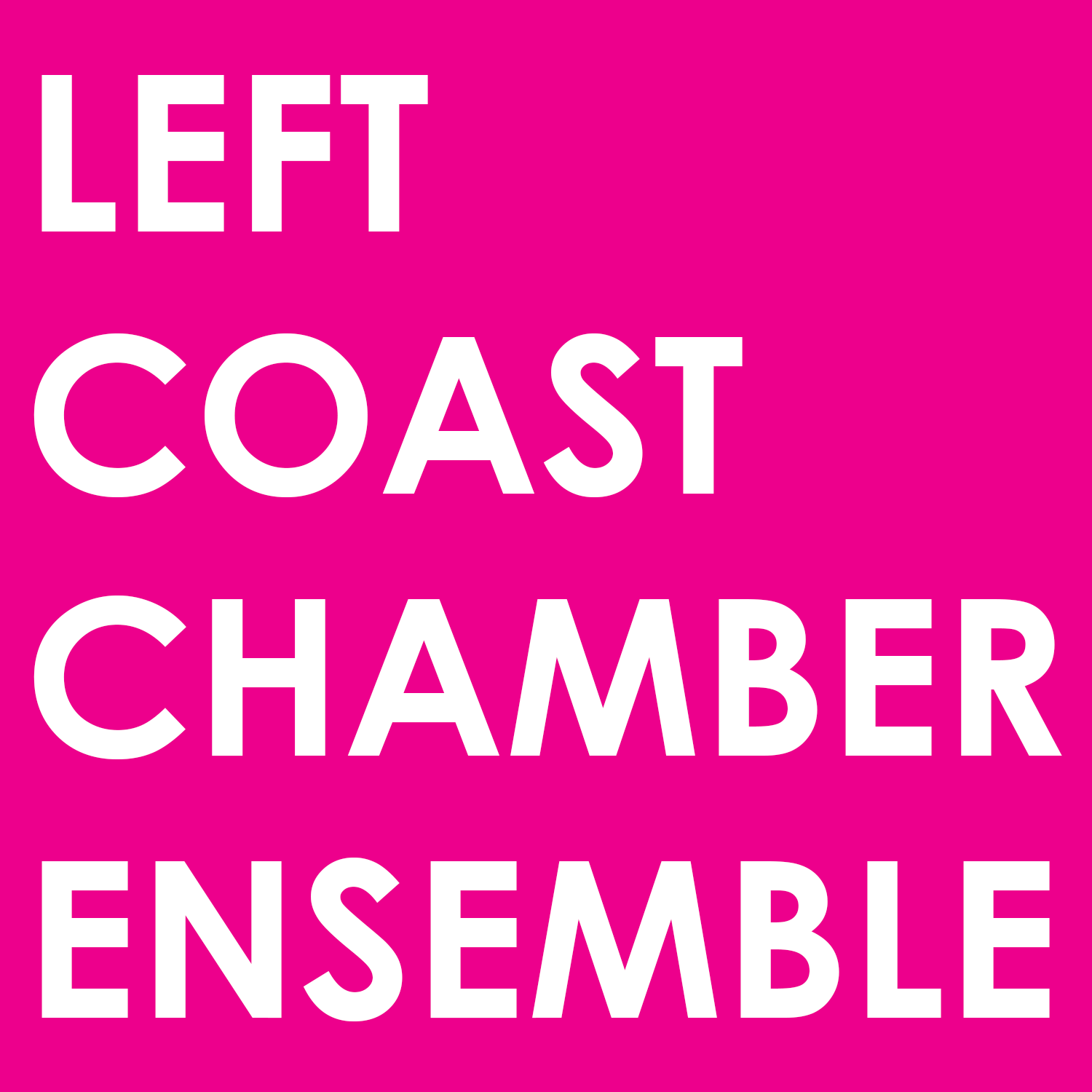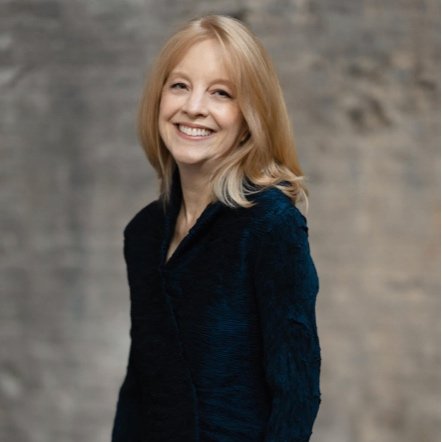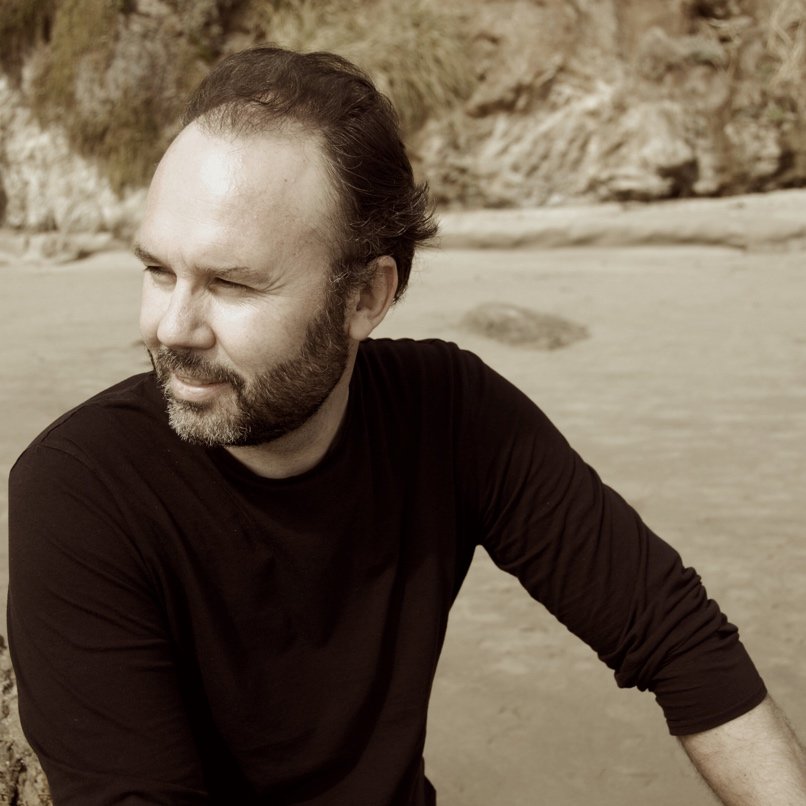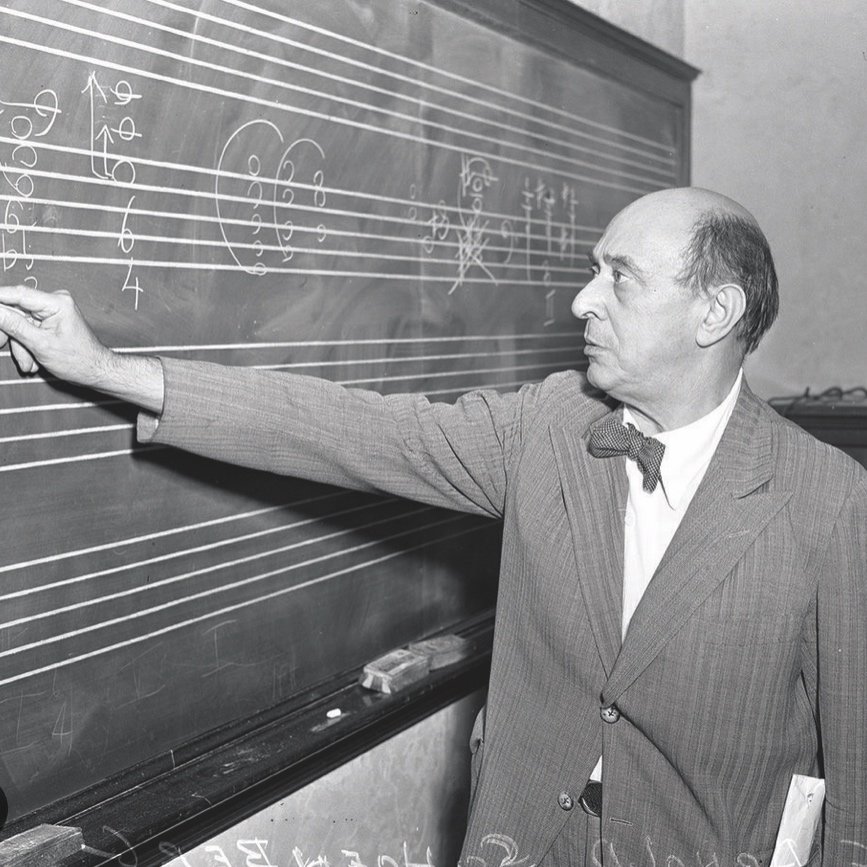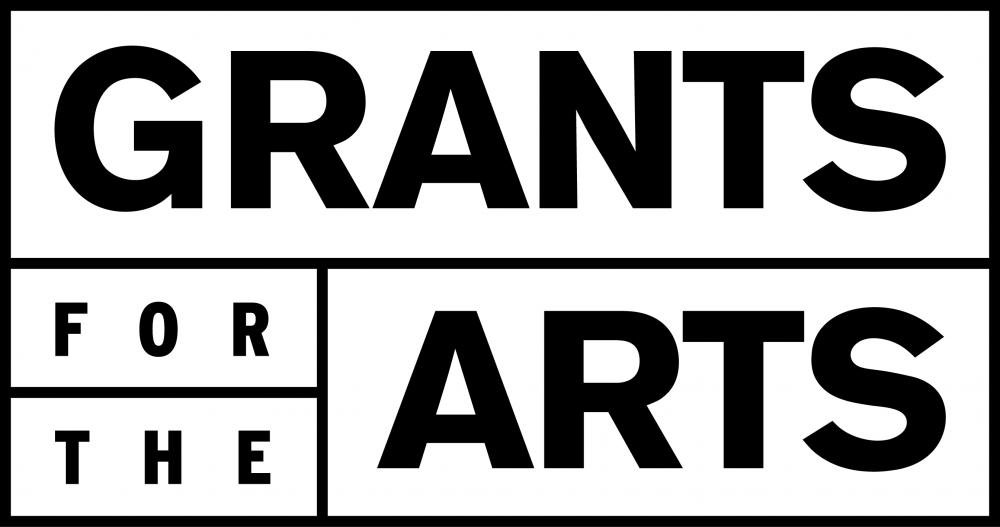FALL CONCERT
Fall Cabaret: Pierrot Lunaire
Genre-breaking works from the 20th and 21st centuries immerse the listener in interactions between poetry, music, and the human voice. The composers explore the extremes of drama and poetry within the intimate setting of chamber music.
Get there 30 minutes early for a pre-concert talk by Matilda Hofman!
Program includes:
Arnold Schoenberg - Pierrot Lunaire
Tomàs Peire-Serrate - Five Haiku (LCCE 2022 Composition Contest Winner)
Maria Schneider - Carlos Drummond Stories for Sextet
Artists
Nikki Einfeld, soprano & sprechstimme
Stacey Pelinka, flute
Jerome Simas, clarinet
Anna Presler, violin & viola
Phyllis Kamrin, viola
Tanya Tomkins, cello
Eric Zivian, piano
Matilda Hofman, conductor
Meet the composers
-
Arnold Schoenberg - Pierrot Lunaire
Arnold Schoenberg (1874-1951) was a genre-defying composer whose many artistic innovations shaped the trajectory of classical music in the twentieth-century and continue to do so to this day. Born in Vienna, Austria, Schoenberg was largely self-taught and showed great musical promise from an early age. Ever the experimentalist, Schoenberg incorporated into his early works the styles and techniques of infamous rivals Richard Wagner and Johannes Brahms, both of whom he revered, despite their differences. With the first performance of his renowned work Verklärte Nacht (“Transfigured Night”) in 1899, Schoenberg garnered the attention of symphonic and vocal composer Gustav Mahler, who adopted Schoenberg as his pupil until Schoenberg’s music became so experimental that Mahler conceded he could no longer comprehend it. It was during the summer of 1908, in which Schoenberg’s wife left him temporarily in favor of another man, that Schoenberg’s music made a decisive turn towards atonality: a lack of adherence to traditional key centers or tonal systems, a style in which content and form are inseparable. Pierrot Lunaire (“Moonstruck Pierrot”) was one of Schoenberg’s first markedly atonal compositions, and, free from the laws of western tonal hierarchies, it served as Schoenberg’s perfect testing ground for other modes of musical experimentation.
A painter in his own right, Schoenberg was influenced by the work of several nineteenth- and twentieth-century visual artists. He admired these artists, among them Vincent van Gogh and Olidon Redon, for their ability to reduce a range of human emotion to brushstrokes, to construct canvas encounters with the surreal, the subconscious. His own career as a painter — his most notable painting the evocative and unsettling Red Gaze — seemed to directly impact the way he viewed composition: Schoenberg coined the term Klangfarbenmelodie (“tone-color melody”) to describe a new technique whereby a composer selects several of the instrumental timbres available within an ensemble in order to portray a single melody, much like how a painter selects several of the colors available on a palette in order to portray a single image. In the performance notes for Pierrot Lunaire, Schoenberg himself dubs his musical setting of Albert Giraud’s poetry a “tone-painterly representation” — a painting made of sound.
Such a meticulously arranged atmosphere serves as the backdrop for Pierrot’s roundabout journey through the haunting and surreal landscape of his own mind. Plucked from the late-Renaissance commedia dell’arte tradition, Pierrot is representative of the archetypal “tragic clown” and spends the duration of the piece grappling inwardly with such concepts as love, loss, and the meaning of existence. The singer tells the story of Pierrot in the distinct sprechgesang (“sung speech”) style. In the words of Schoenberg, sprechgesang is described as “transforming [the melody given in notation] into a speech melody, taking the prescribed pitches carefully into account.” This style of recitation contributes to the atonal character of the music while heightening the reciter’s ability to convey emotion as prescribed by the written music.
The movements that make up Pierrot’s journey number twenty-one — or “seven times three,” as was preferred by the numerology-obsessed Schoenberg. Though each movement is essentially a vignette, a larger narrative structure unites them. Movements 1-7 show Pierrot in a state of inspiration and longing marked by existential contemplation and unrequited love; darkened by a descent towards madness, movements 8-14 explore Pierrot’s alienation and disillusionment as he is confronted with death; the final set of movements shifts towards resolution as Pierrot is metaphorically resurrected and returns home to his native Italy. The themes presented throughout the piece are explored through various symbolist devices, which prioritize the internal expression of emotion over the earnest depiction of external realities: the moon, a lily pad, even the bow of a viola serve as vessels for conveying Pierrot’s inward thoughts and may not function in strictly the same way as they do in our everyday world. These symbols form the pieces of an outlandish set of melodramas whose overarching story is ultimately quite simple, and perhaps even relatable: It is the story of loving and losing, of losing and finding, all because one was once “moonstruck.”
(Note by Emily Thomas)
—
Tomàs Peire-Serrate - Five Haiku
The power of haiku lies in its ability to capture an instant, a thought, or a sensation within just a few brief lines, traditionally three. As a composer, I am drawn to haiku’s profound simplicity and its focus on the present and the small things and details. For this collection, I turned to the Japanese classics, selecting haiku that evoke quiet, contemplative scenes, most often set against the calm of sunset or night.
While each haiku is presented in English translation, I aimed to recreate the unique impression each poem left on me, using music to complement the voice. At times, the music draws on a particular aspect of the poem, suggesting an atmosphere, or even taking a more literal approach, with moments of word painting.
(Note by Tomàs Peire-Serrate)
—
Maria Schneider - Carlos Drummond Stories for Sextet
My entry into the world of Drummond came through Mark Strand’s beautiful translations. Drummond’s poetry immediately struck me as deeply Brazilian, and Brazil is a country for which I’ve long felt such an affinity. Touches of Brazil have influenced my composition ever since my first visit to Rio almost fifteen years ago. In the first introductory song, Prologue, the singer sings purely vocalese (wordless vocals), something I’ve grown to love through Brazilian music. Sometimes she’s in the forefront and sometimes she sings countermelodies.
In setting poems to music, the poems themselves speak the rhythm, etch the melodic contour, and emotionally elicit the harmony. I didn’t attempt to turn these Brazilian poems into Brazilian music. The second song, The Dead in Front Coats, stretches out with slow melancholy, feeling the expanse of time as it inches to the final powerful line, “the everlasting sob of life.” The poem Souvenir of the Ancient World is a jewel that reminds us of a simplicity in life that I think we all long for. In it, I saw Dawn Upshaw (for whom the piece was written) in all her realness and beauty, just as Clara appears in the poem. The poem Don’t Kill Yourself brims with over-the-top drama, contradictions, pain and humor, but there is a tenderness, too. When I read this poem, flamenco harmony and buleria rhythms (from the Spanish flamenco tradition) surged up as the voice wanting to express it all. The only poem set with some direct Brazilian musical influence is Quadrille, as it is one of Drummond’s most famous poems.
(Note by Maria Schneider)
-
-
>> VACCINATION & MASK POLICY
Proof of COVID-19 vaccination and masking are no longer required at these venues.
Image credit: Copyright Adrian Arias, used by permission of Artist. Adrian Arias is a visual artist, poet, performer, curator, activist, and cultural promoter, who brings together multidisciplinary artists to engage in community projects with messages of social justice, racial equality, climate change, peace, beauty, health, and hope in the San Francisco Bay Area.The banner image is a detail of Sound map of groundwater.
Saturday, November 2, 2024, 7:30 PM
Noe Valley Ministry
1021 Sanchez Street
San Francisco, CA 94114
Sunday, November 3, 2024, 4:00 PM
Berkeley Hillside Club
2286 Cedar Street
Berkeley, CA 94709
